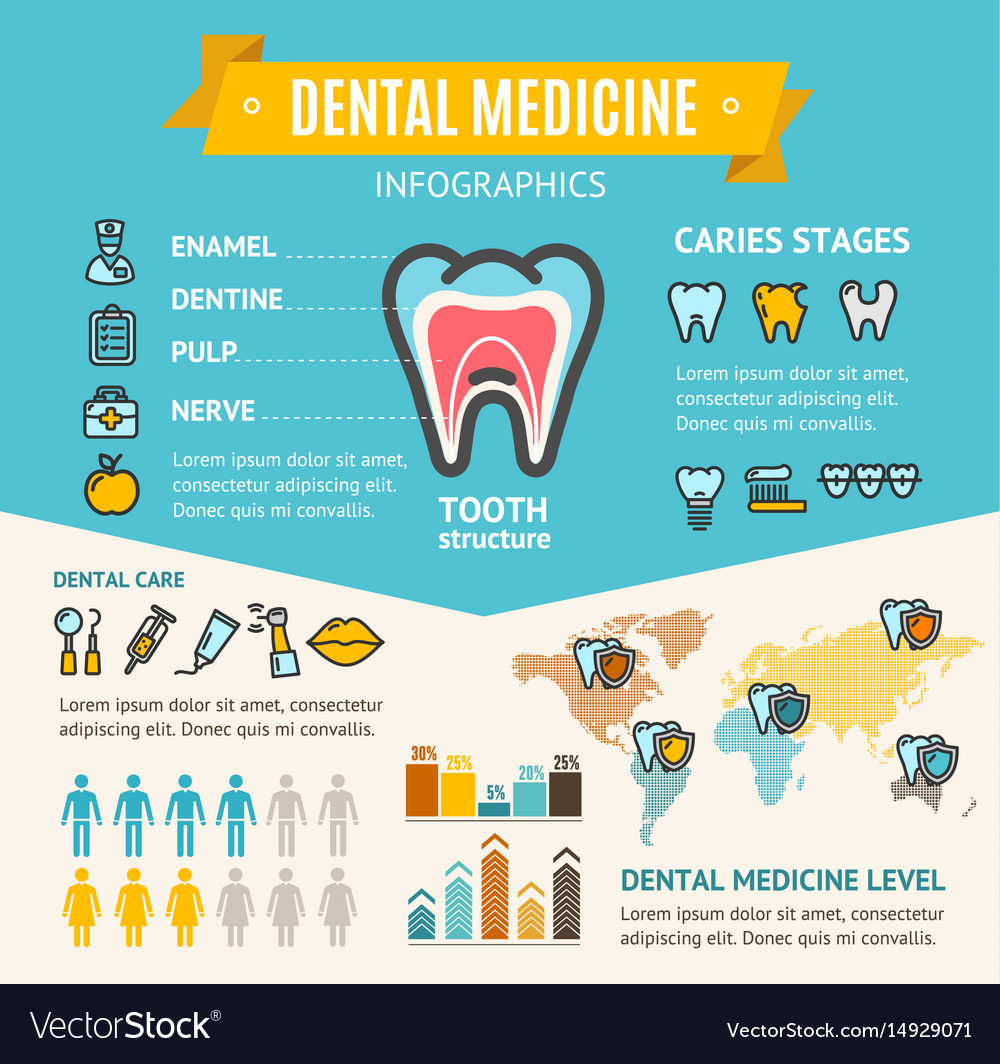Investigate The Cutting-Edge Technologies That Are Transforming Oral Surgery. Discover What The Future Holds For This Field And Keep On Your Own Informed. Click Now For An Unique Sight Of Upcoming Innovations
Investigate The Cutting-Edge Technologies That Are Transforming Oral Surgery. Discover What The Future Holds For This Field And Keep On Your Own Informed. Click Now For An Unique Sight Of Upcoming Innovations
Blog Article
Writer-Petersson Guerra
Invite to the world of dental surgery, where developments and advancements are shaping the future of the field! In this amazing world, you'll witness the transformative power of robotics, the innovative wonder of 3D printing, and the game-changing effect of minimally intrusive strategies.
The future of oral surgery holds a guarantee of precision, efficiency, and improved client end results. With the help of sophisticated robotics, cosmetic surgeons are able to execute complicated procedures with greater accuracy and control.
3D printing innovation is transforming the creation of oral implants and prosthetics, offering personalized options that fit seamlessly right into each individual's special composition.
Additionally, minimally invasive strategies are minimizing post-operative pain and recuperation time, permitting patients to go back to their every day lives faster.
Prepare yourself to explore the interesting developments and advances that are improving the landscape of oral surgery!
Advancements in Robotics
One significant improvement in dental surgery is using robotic technology, which permits specific and reliable surgical procedures. With the help of robotic systems, dental doctors have the capability to execute complex surgical procedures with boosted accuracy, lessening the risk of human error.
These robotic systems are geared up with innovative imaging modern technology and specific instruments that allow surgeons to browse via complex physiological frameworks easily. By utilizing robotic innovation, specialists can accomplish greater medical precision, causing improved patient results and faster healing times.
On hill country dentist bee cave of that, the use of robotics in dental surgery enables minimally invasive procedures, reducing the trauma to surrounding cells and advertising faster healing.
3D Printing in Dental Surgery
To boost the field of oral surgery, you can discover the subtopic of 3D printing in dental surgery. https://www.wsj.com/articles/adults-race-to-straighten-their-teeth-bracing-for-pandemics-end-11620227175 -edge technology has the possible to reinvent the means dental doctors operate and treat people. Right here are 4 key ways in which 3D printing is shaping the field:
- ** Customized Surgical Guides **: 3D printing allows for the production of extremely accurate and patient-specific medical guides, improving the accuracy and performance of treatments.
- ** Implant Prosthetics **: With 3D printing, oral surgeons can produce personalized dental implant prosthetics that flawlessly fit an individual's distinct anatomy, leading to better results and client complete satisfaction.
- ** Bone Grafting **: 3D printing allows the production of patient-specific bone grafts, reducing the demand for standard grafting methods and improving recovery and recuperation time.
- ** Education and learning and Training **: 3D printing can be used to create reasonable medical designs for academic functions, permitting dental specialists to practice complex treatments prior to executing them on clients.
With visit the following website page to boost precision, personalization, and training, 3D printing is an exciting growth in the field of oral surgery.
Minimally Invasive Techniques
To better advance the area of dental surgery, accept the potential of minimally intrusive techniques that can considerably profit both surgeons and people alike.
Minimally intrusive techniques are changing the area by lowering medical trauma, reducing post-operative pain, and speeding up the healing procedure. These strategies include using smaller sized lacerations and specialized instruments to perform treatments with accuracy and performance.
By making use of innovative imaging modern technology, such as cone beam calculated tomography (CBCT), doctors can properly prepare and perform surgical procedures with marginal invasiveness.
Additionally, using lasers in dental surgery allows for exact cells cutting and coagulation, leading to reduced bleeding and minimized recovery time.
With minimally invasive strategies, individuals can experience much faster healing, reduced scarring, and boosted results, making it an important element of the future of dental surgery.
Verdict
So, as you can see, the future of dental surgery is incredibly appealing, with interesting technologies and breakthroughs forming the area.
From read on in robotics to making use of 3D printing and minimally invasive strategies, dental specialists are reinventing the means they supply care.
While some may bother with the potential price associated with these innovations, it is very important to bear in mind that these technologies ultimately enhance individual outcomes and minimize recovery time, making them well worth the financial investment in the long run.
